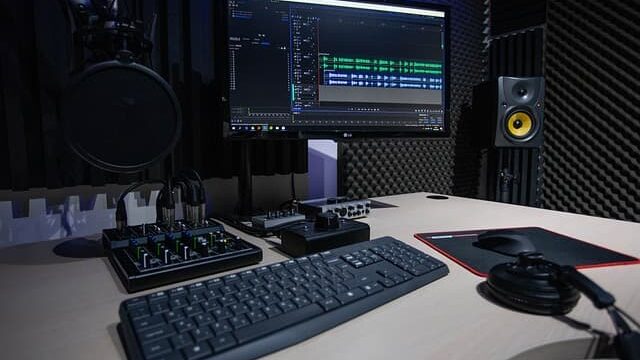In the age of digital technology, when users’ attention is scattered across endless online content, podcasts, videos, and games, traditional radio still holds its ground. Especially in the Czech Republic, where radio stations remain an important part of daily life—be it morning shows, music programs, or themed broadcasts. The art of hosting a radio show and keeping the listener’s attention has become more challenging, yet more fascinating, requiring preparation and a deep understanding of the audience.
Why Radio Still Works
Despite the rapid development of digital platforms, radio remains attractive to many. This is due to its immediacy, live contact, and sense of presence. Unlike pre-recorded content, live broadcasting means participating in the moment—creating a unique experience that cannot be rewound or rewatched. This is especially relevant for regional Czech stations, where local news, culture, and the language of communication matter. People turn on the radio on their way to work, in the car, at home—and become part of an invisible but very real community.
Voice Is the Main Tool—but Not the Only One
The radio host is not seen but heard. This means that the voice becomes the main carrier of emotion, mood, and meaning. The ability to vary tone, pitch, and rhythm of speech helps create a sense of trust and involvement. However, a pleasant voice alone is not enough. Articulation, speech pace, and pauses are just as important—they create the structure of the broadcast and help the listener not only hear but understand. In the Czech Republic, techniques from stage speech training are increasingly used, and radio hosts attend voice and communication courses similar to those for actors.
But capturing attention through voice alone is becoming harder. That’s why internal dramaturgy is essential: transitions must be logical, topics intriguing, guest interviews engaging, and hosts must react to breaking news in real time. It’s a form of improvisation that requires not only experience but detailed planning—scripts, discussion outlines, and a well-thought-out tempo.
Content: Local Focus, Relevance, and Authenticity
Today’s listener is hard to impress but easy to involve—if you know your audience. In the Czech Republic, different regions have distinct interests and cultural traits. Successful radio stations understand that listeners in Olomouc care more about local politics and traditions, those in Brno about culture and education, and in Prague about international topics and trends. This means the same format may perform differently depending on the location. A good radio host tailors the content to their audience.
Topical themes are another key to keeping attention. Listeners want commentary on what’s happening right now. Be it sports events, music releases, or public debates. In this sense, radio competes with social media—and to keep up, it must stay a step ahead: invite interesting guests, analyze developments, offer exclusive insights.
Finally, authenticity. Radio is not only about information but also emotional connection. When the host speaks not “from above,” but “on the same level,” shares personal stories, jokes with irony—it creates a bond. That’s why some voices become a daily habit, while others are quickly forgotten.
Interactivity as a Path to Engagement
Modern radio is no longer a monologue—it’s a dialogue with the audience. Engaging listeners is a powerful way to keep their attention. Live calls, chat messages, contests, and polls all help create the feeling of participation. In the Czech Republic, many stations now integrate Telegram channels and live feedback platforms, allowing listeners to interact with the host in real time.
Interactivity also extends beyond the broadcast. Shows are announced on social media, clips are published on YouTube, and discussions continue in comment sections. Radio becomes a media platform, and the host becomes not just a voice, but a recognizable figure online. The better this synergy, the longer the attention is retained.
Technology and the Future of Radio in the Czech Republic
Technological progress has given the radio industry new tools. Online streaming, mobile apps, smart speakers, and personalized content broaden the reach. Younger listeners increasingly tune in via smartphones and laptops instead of FM receivers. The Czech Republic is actively rolling out digital radio (DAB+), which improves signal quality and offers access to niche stations.
But with more opportunities comes greater competition. To thrive, stations must become more than just sound providers—they must build brands. Unique style, recognizable voices, consistent themes, and an active digital strategy are the cornerstones of success in modern radio broadcasting.
Conclusion: Radio Is the Art of Human Connection
The art of keeping attention on the radio is not a formula or checklist. It’s a subtle interaction between a person and an audience, relying on voice, content, communication style, relevance, and emotional response. Radio, especially in the Czech Republic, still has a magnetic pull because it offers a feeling of presence, dialogue, and shared experience. And despite all the digital transformations, this format still has a future—in the hands of those who know how to speak so that people listen.
